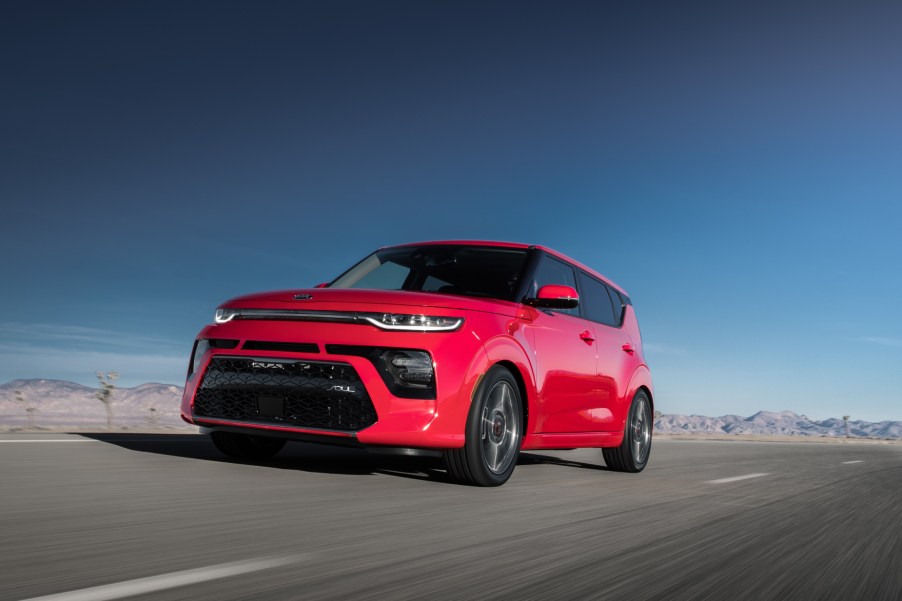
How Safe Is the Kia Soul?
Is your Soul protecting you? Many may lean more toward aesthetics and cutting-edge technologies as selling points when shopping for a vehicle instead of checking whether a car is actually safe. This is especially true for popular models such as the Kia Soul. If you see a car on the road on a daily basis, one generally assumes safety is a given? However, buyers may be shocked to learn that this isn’t always the case.
Safety is one of the only aspects of a vehicle that isn’t subjective. People have varied tastes when it comes to a model’s size, shape, and color. But when considering safety, the numbers don’t lie. It’s already easy to make mistakes when car shopping, and ignoring whether a model is safe might be the greatest mistake of all.
So let’s break this down. The Kia Soul is one of the most popular vehicles on the market and is one of the brand’s best sellers. But just how safe is the Kia Soul? Sometimes we sell our souls for the right car, but is this Soul worth the trade?
Let’s take a closer look at the Kia Soul’s safety features and if this car is worth driving off the lot.
What safety features come with the Kia Soul?

Vehicles are more structurally sound than ever before, thanks to smartly designed crumple zones that absorb and redirect impact energy. However, the best way to avoid injury is to prevent a crash altogether. The Kia Soul is well-equipped to help you do this, thanks to an array of driver-assistance technologies. However, shoppers will have to upgrade to the S trim to get most of these features.
The 2021 Kia Soul’s base LX trim is quite affordable, as it has a starting MSRP of just $17,490. But with that comes a lackluster list of safety technologies, which is only highlighted by a rearview camera. The S trim is $3,100 more expensive, but it’s money well spent. This trim affords you forward collision warning, automatic emergency braking, lane-keep assist, driver attention warning, rear cross-traffic alert, and lane change assist.
These technologies are crucial to keeping the driver fully aware of their surroundings. For instance, forward collision warning and automatic emergency braking combine to sense an impending crash and attempts to mitigate damage by automatically applying the brakes.
Meanwhile, most of the subcompact SUV’s other trims have the same offering of driver-assistance technologies. However, those who choose the fully-loaded 2021 Kia Soul Turbo will gain a head-up display, adaptive cruise control, and pedestrian detection.
Experts weigh in on the merits of the Kia Soul
It’s never enough just to see a list of features when making your car-buying decisions. Instead, it’s best to get the word from industry experts who have put the vehicle to the test. The Insurance Institute of Highway Safety (IIHS) deemed the 2020 Kia Soul worthy of its Top Safety Pick honor. Notably, this only applies to models equipped with the vehicle’s front-crash prevention systems and specific headlights. The 2021 iteration has not been tested at the time of this writing.
Meanwhile, the National Highway Traffic Safety Administration (NHTSA) isn’t as keen on the crossover. The organization gave the 2021 Soul a four-star safety rating (out of five), with the most concern in front crashes and rollover risk.
The final verdict
It’s essential to have full confidence in your vehicle whenever you get behind the wheel. Thankfully, there are plenty of safe options out there. The Kia Soul is a reasonably safe vehicle for its size, and it’s one of the safest Kia SUVs in general. However, buyers should skip the entry-level model and choose the S trim or higher to get a decent assortment of driver-assist technologies.


